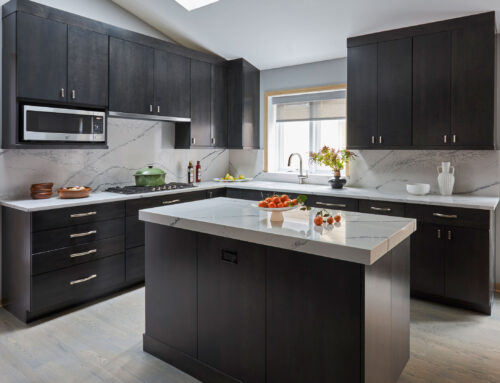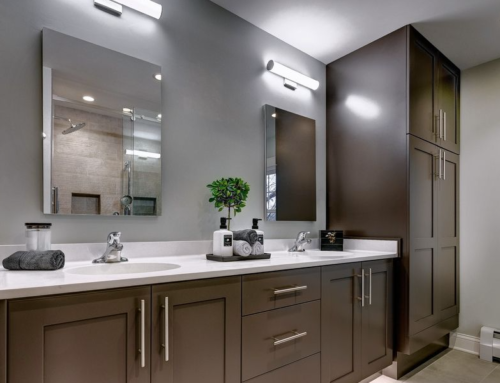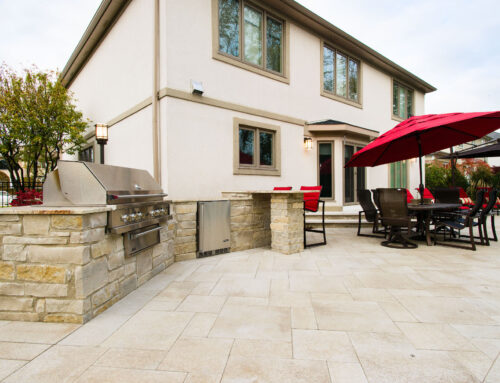A great kitchen remodel begins with amazing design, which requires a creative and talented kitchen designer. One such designer is Diane Bohstedt, owner of D + B Kitchen Design Concepts (www.dbkitchendesignconcepts.com). Diane’s work inspires me. I am hoping her words below inspire you as you begin thinking about your kitchen remodel.
- The first step is figuring out what you want the end result to be. When you buy a jigsaw puzzle, the box shows the completed picture. So think of the final result. Buy magazines, go to Websites, talk to people. Visualize the final result.
- Select your team (designer, architect, contractor). All members of the team should be selected up front, and should meet with you at the very beginning of the project.
- Your team helps you determine the shape of the puzzle pieces (how the kitchen lays out). We do this by asking questions such as:
- Why is your current kitchen not working?
- How many chefs will there be?
- Will you use the kitchen for entertaining?
- Will the kitchen be a gathering spot for the family?
These questions get to the function of the kitchen. For example:
- If there is only one chef, you may opt for a traditional “triangle” configuration, with the sink, refrigerator and oven close together
- If there are two chefs, you may want two sinks, two cooktops, etc. You may even want “zones” with a prep zone, baking zone, clean up zone, etc.
- If the kitchen is a gathering place, you may want a large island or bar where the kids can sit and do their homework. You might even want a small refrigerator in the island.
- We then get into the form of the kitchen. This is what most people think about; what they want the kitchen to look like. This is where we determine style and select everything. This includes:
- Appliances
- Fixtures
- Countertops
- Backsplash
- Lighting
- Flooring
- Fixtures
All these should be purchased prior to the first hammer being swung. What you do not want to have happen is have your project stalled while you are waiting for materials.
- While all this is being done, the architect and contractor will deal with the mundane yet critical areas behind the scenes such as electrical, plumbing and HVAC.
- Then the final piece – the actual work – is put into place. The pieces may not always fit together smoothly, so make sure there is frequent and transparent communication between you and your team
Happy puzzling:
Diane and Michael
PS. For a case study on a kitchen we collaborated on, go to https://www.michaelmenn.com/case_study_residential_kitchen.html



















